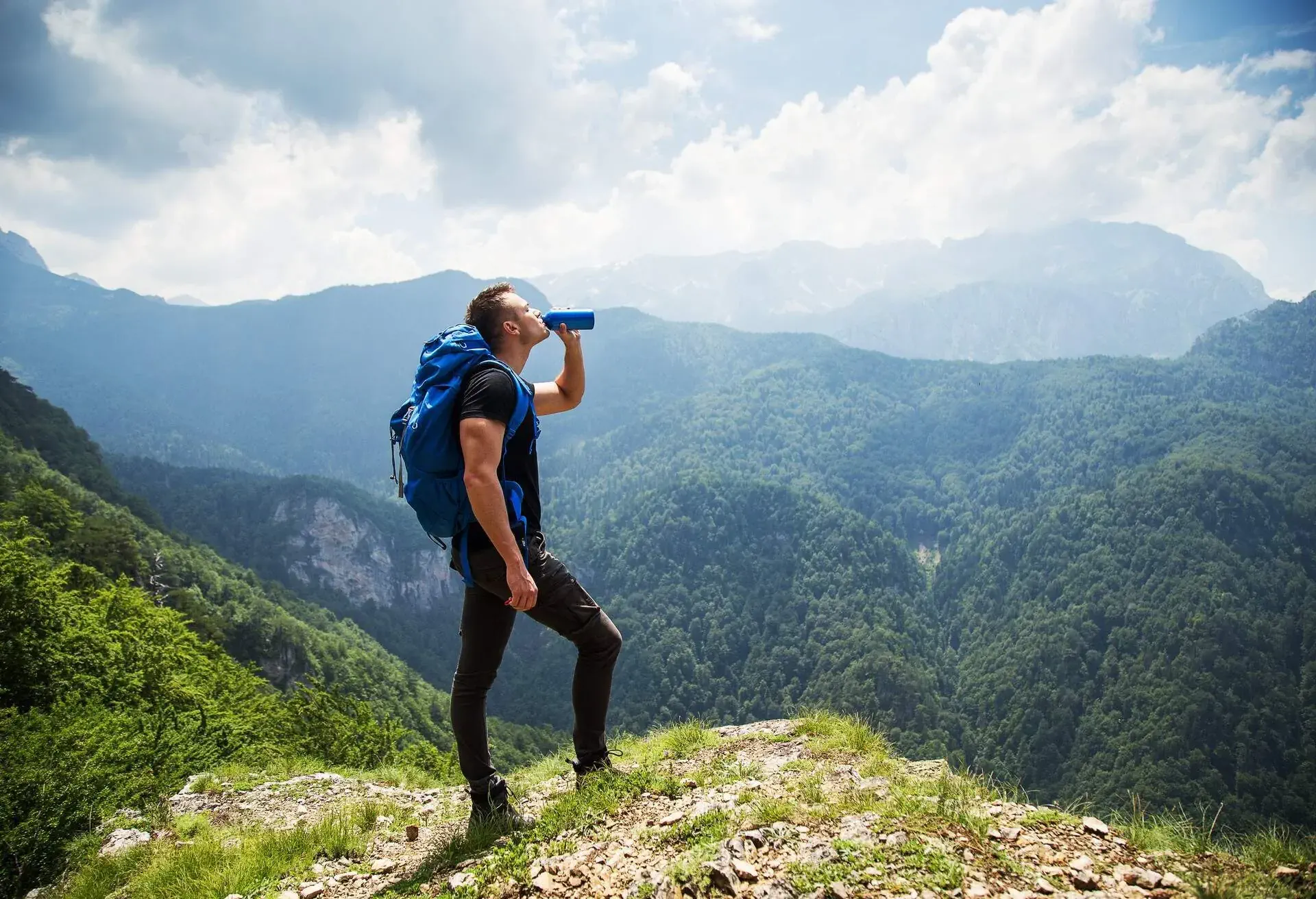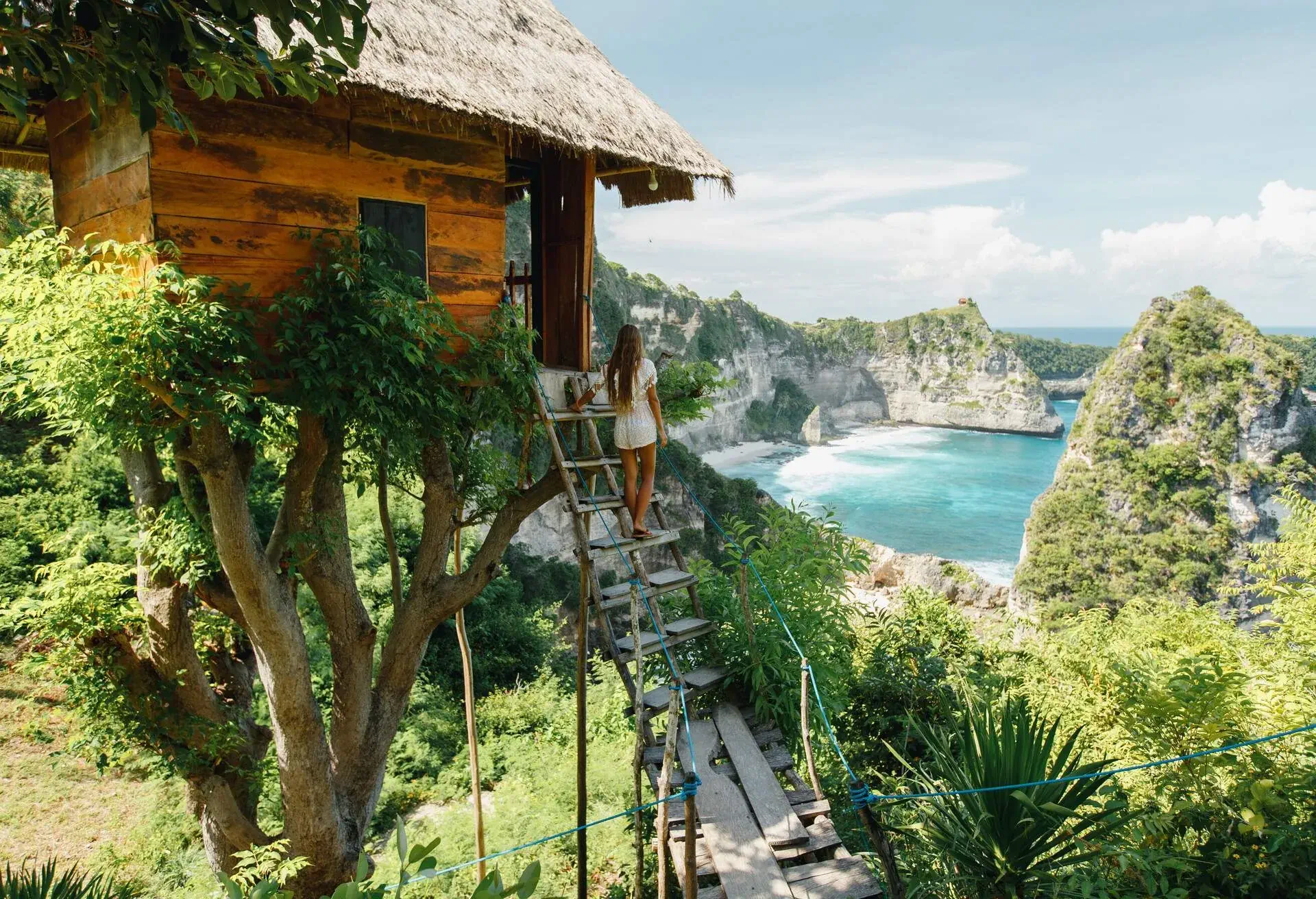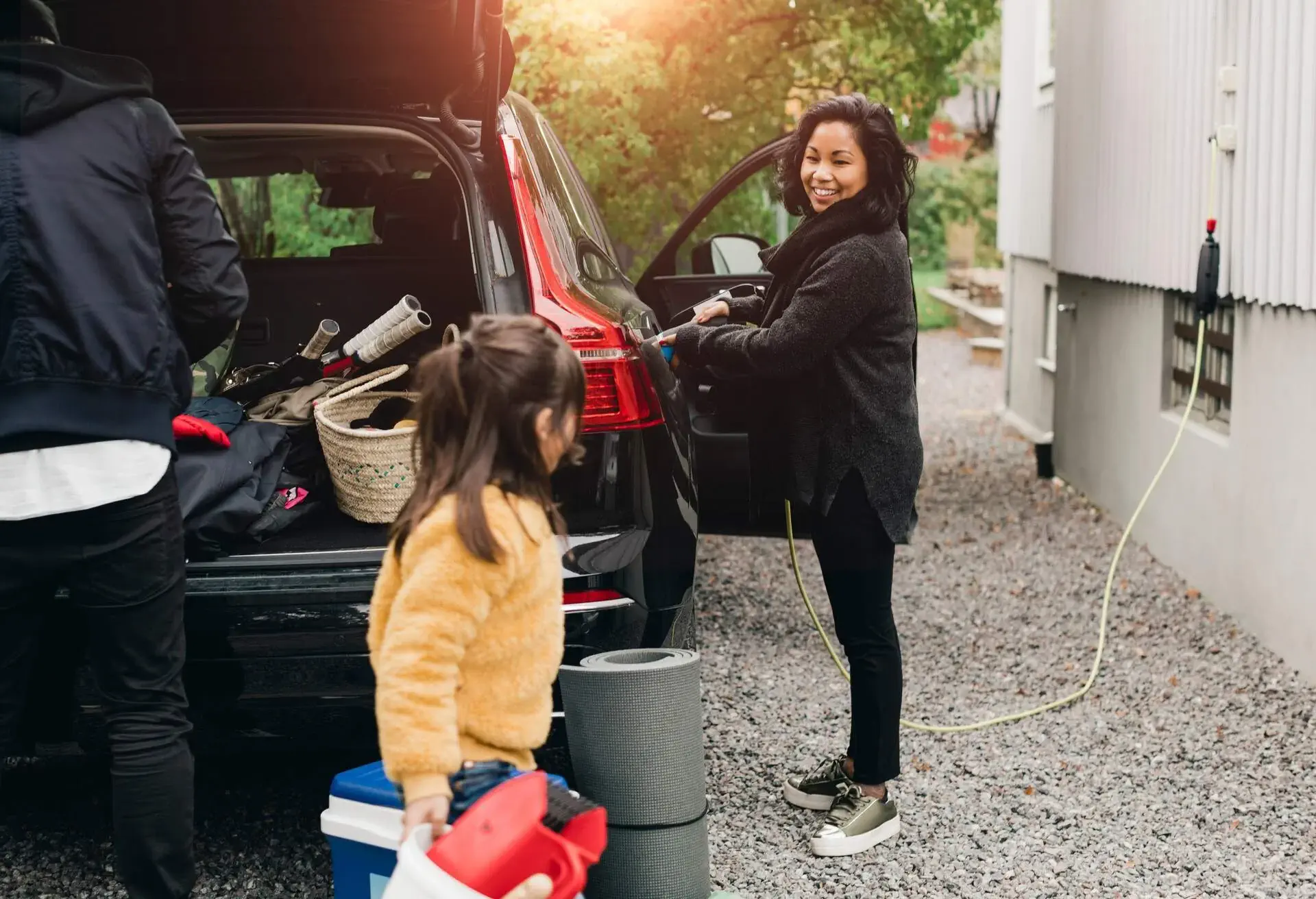We’re sure we don’t need to remind you of this, but the world has a problem when it comes to plastic. Despite only existing for the last 60-70 years, plastic has transformed everything for better or for worse. Wherever you go, you’ll find plast products. And we hate to break it to you, but plastic is even polluting our own bodies…
Overall, plastic production, use and disposal contributes about 1.8 billion tonnes of carbon emissions every year. The world produces 141 million tonnes of plastic packaging per year. Around one third of all plastic packaging put into the global market leaks from collection systems, polluting the environment. It’s designed to last, but when it can take thousands of years for plastic to degrade in landfill, this longevity really isn’t a good thing.
Now we’ve probably all seen enough images of strangled turtles and floating “trash islands” to believe that something has to be done, and most of us have probably already taken small steps at home to make a change. But reducing or eliminating plastic can be tough to do at the best of times, so when we’re travelling in unfamiliar places, it can be even harder to stick to routines and know how to make a difference. But there is hope yet! From using your own cutlery to ditching the shampoo bottle (don’t worry, there are other ways to wash your hair!), here are 10 tips on how to reduce plastic waste while travelling, wherever in the world you get to!
1. Be self-sufficient when flying
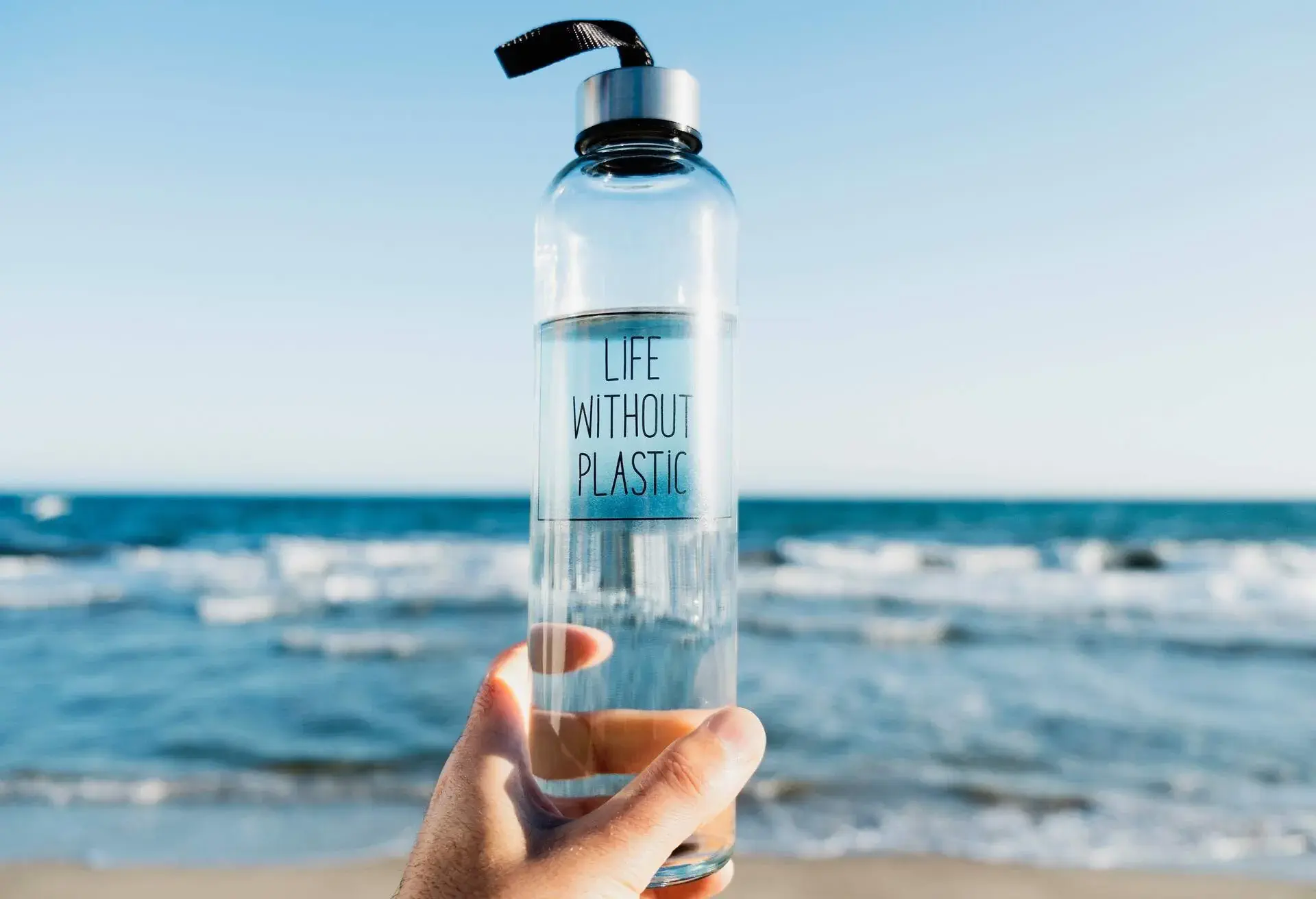
Airlines produce a lot of waste. From unfinished meals to disposable headphones and bottled water, the airline industry produced 5.7 million tonnes of cabin waste in 2017 alone. Bring your own bottle, say no to disposables, pack extra layers rather than asking for a blanket, and skip the plane (let’s be honest, a homemade or airport-bought sandwich beats a microwaved meal anyway).
Did you know that you can use KAYAK’s aircraft filter to view the average CO2 emissions for your journey, and select the flight with the least emissions? Not every aircraft is equal in terms of fuel efficiency. Just search for a flight and click ‘Least CO2’ at the top!
2. Rethink your toiletries

How long do you keep your toothbrush for? Dentists suggest that you replace them every 3-4 months. But guess how long it takes a plastic toothbrush to decompose? Five hundred years. Five centuries for something we use for less than half of a year! There are many sustainable options out there for sparkling nashers, like bamboo brushes, charcoal chews or toothbrushes made from recycled plastic waste.
And now think about the rest of your toiletries bag. Ok, the mini shampoo and sun cream bottles are kinda cute, but don’t you have some lying around from your last holiday that you could fill up instead of buying more? Or how about getting some reusable mini bottles if you’re concerned about space? There are many ways you can make your toiletries kit less environmentally unfriendly, but still be able to bring everything you need with you. Consider opting for refillable options, a menstruation cup, period pants, washable cotton buds or face wipes instead of single-use products, and definitely steer clear of the microbead face wash.
3. Bars not bottles
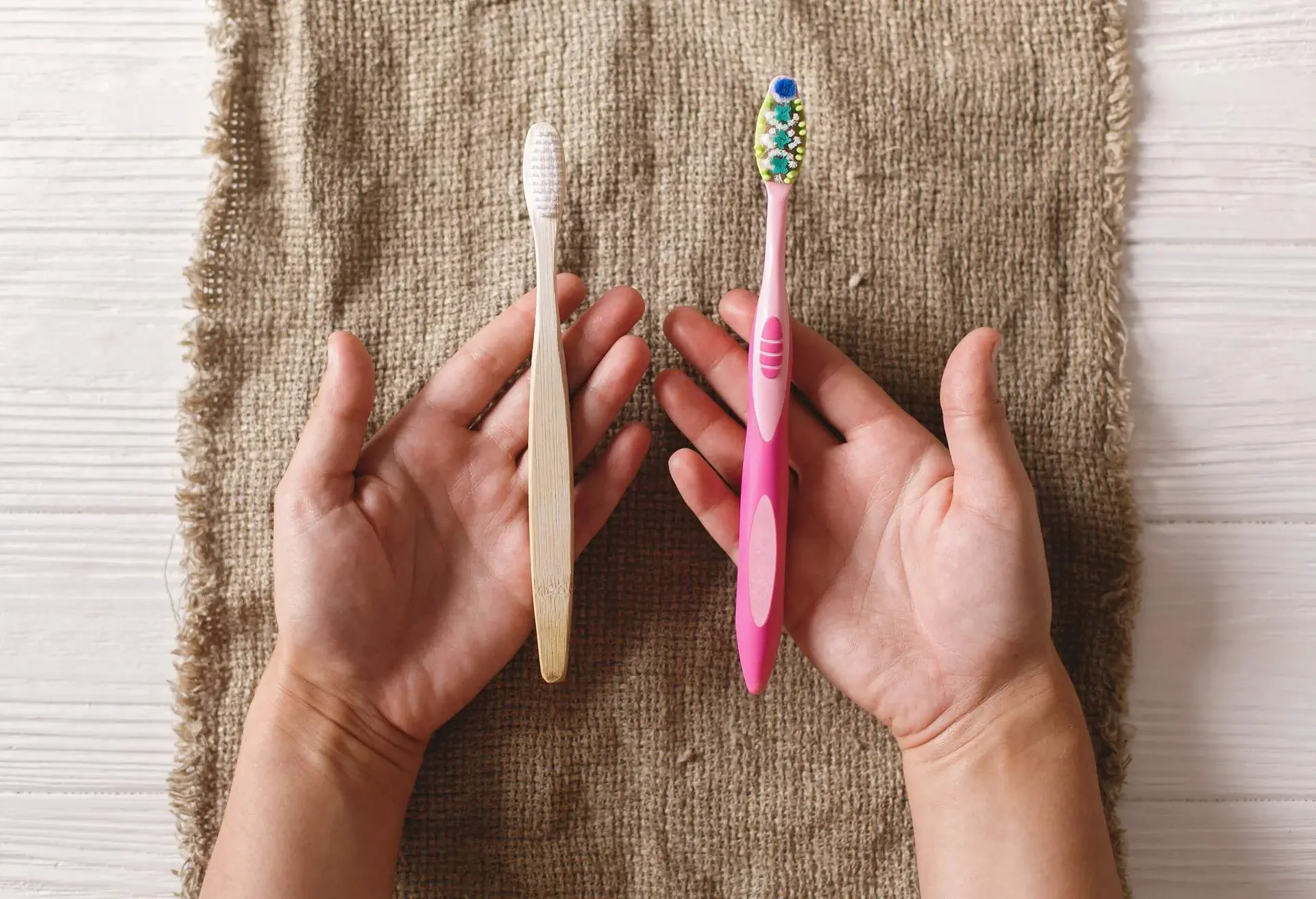
On that note, did you know that shampoo, deodorant, face soap, shaving cream and even toothpaste all comes in bar or tab format now? As well as being much better for the environment than the plastic containers your toiletries usually come in, packing bars instead of bulky bottles is just downright savvy – think of all the space you can save! There are many brands out there offering bars for your needs, and they often come in handy containers that can be reused or repurposed after you’ve run out.
4. Don’t forget your water bottle
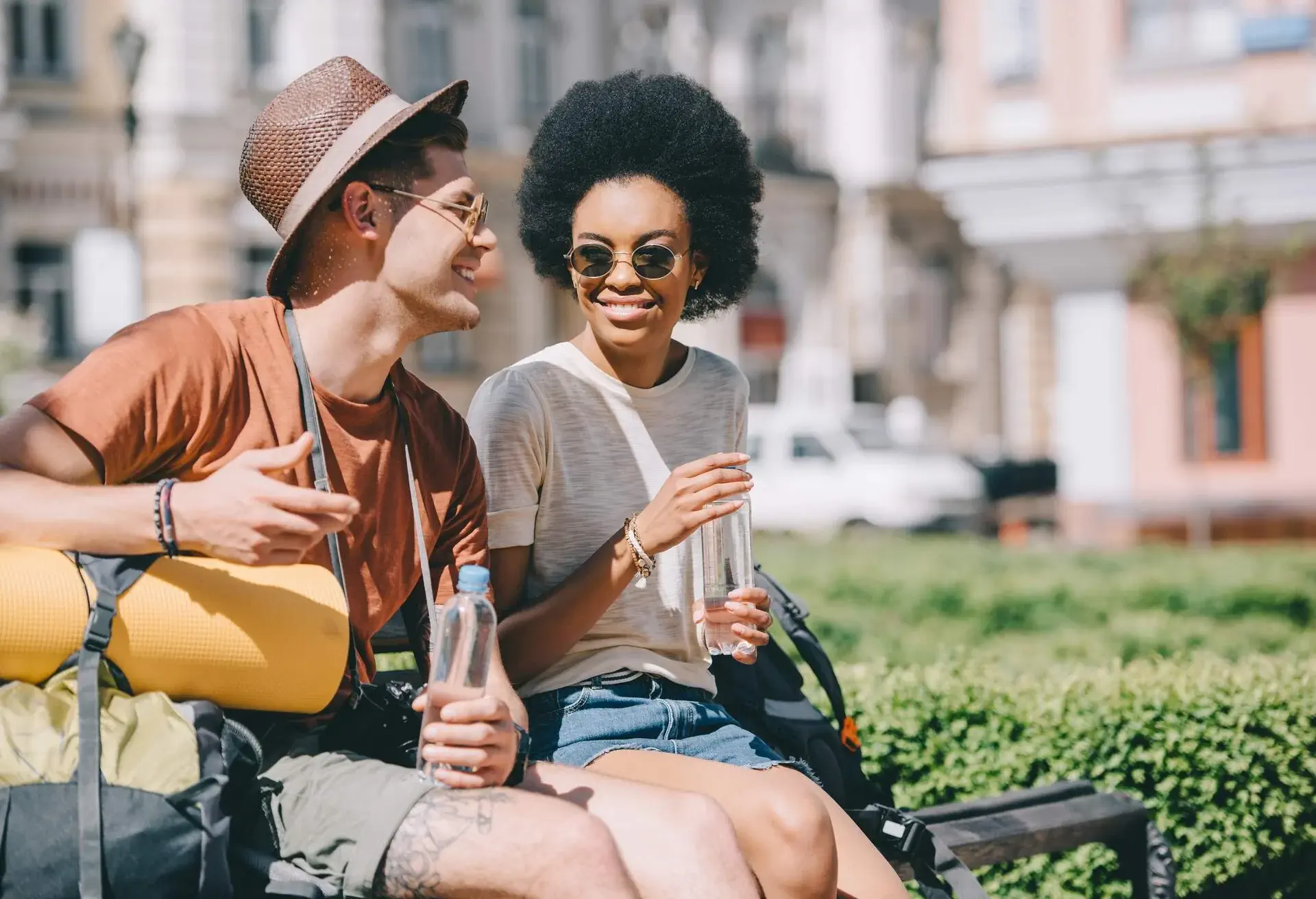
It’s getting so much easier to find drinking fountains wherever you go nowadays, and cafes and restaurants should have no problem filling up your bottle when you get thirsty. We bet most of you have a reusable bottle with you wherever you go, but if not, here’s your friendly reminder to pack it!
5. Pack a purifier

If you’re heading somewhere clean drinking water might be harder to come by, you might need to do more than pack a water bottle. Rather than buying it in bottles, how about purchasing a way to purify your water on-the-go. These come in many shapes and sizes – from purification tablets you can fit in your back pocket, to ‘straws’ that allow you to literally drink from a muddy puddle safely. They’re ubiquitous when you’re out hiking and need to hydrate from natural water sources, but why not bring a purification method with you on your next city trip?
6. Shop at markets
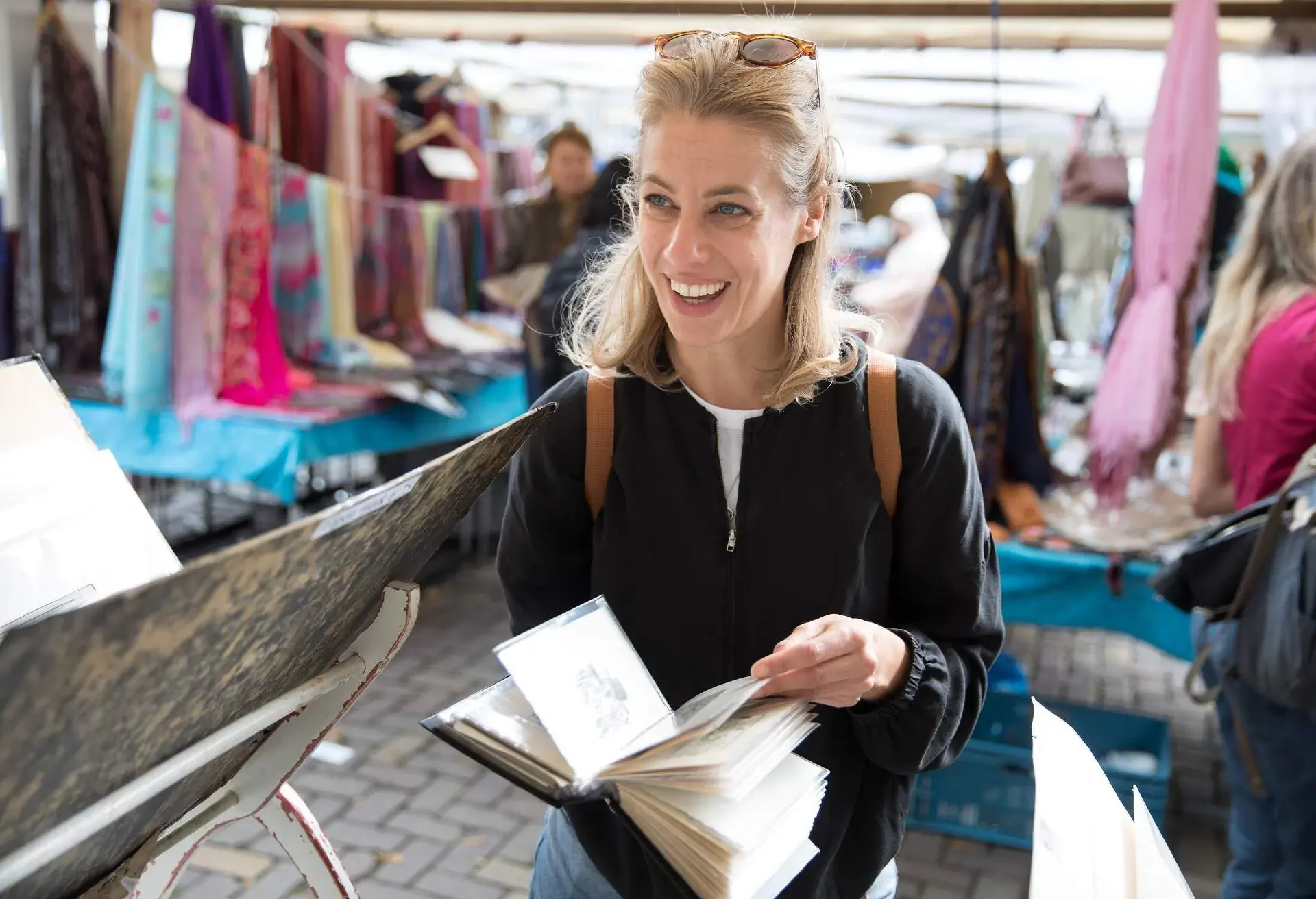
Exploring a local market is one of the best ways to experience the culture of a place. Whether you’re drooling at the delicious pastries, stocking up on fresh fruit and vegetables, or looking for traditional wares, luckily most market vendors will be selling products free from plastic packaging. Rather than going to the grocery store, find out when the local market is on and shop plastic-free. When it comes to fresh produce, the likelihood is that what you’re buying has been grown or produced in the local area, meaning less environmental impact from transportation, and you’re also supporting local people. Don’t forget to bring a bag!
7. BYO cutlery (and bowl)
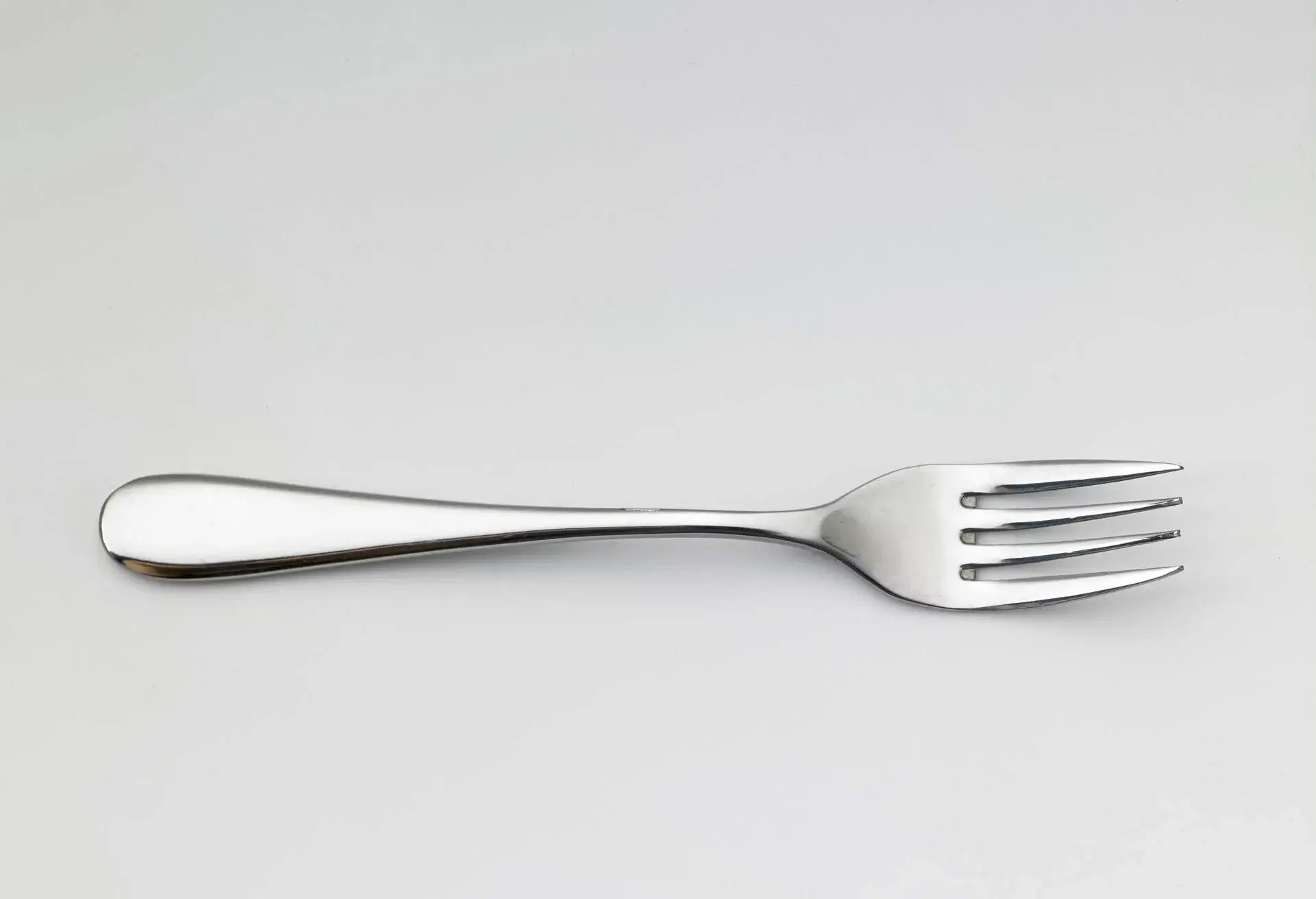
If you’re eating on the go – perhaps you’ve stocked up on delicious nourishment from the market and have the makings of a picnic – bring your own cutlery to eat while you’re out, and avoid using disposable pieces. You can wash these when you’re back at your accommodation later, ready for next time your nose draws you towards the local waffle stand…
If you’re a street food fiend who feels guilty every time you see your mouthwatering meal passed over to you in a plastic container, consider bringing a camping bowl or plate that you can re-use stall after stall. There are endless options out there. From silicone bowls that fold up flat, ultra light-weight titanium bowls to hollowed-out coconuts – eat from it and feel good about contributing to a more sustainable world.
8. Book an eco-friendly stay
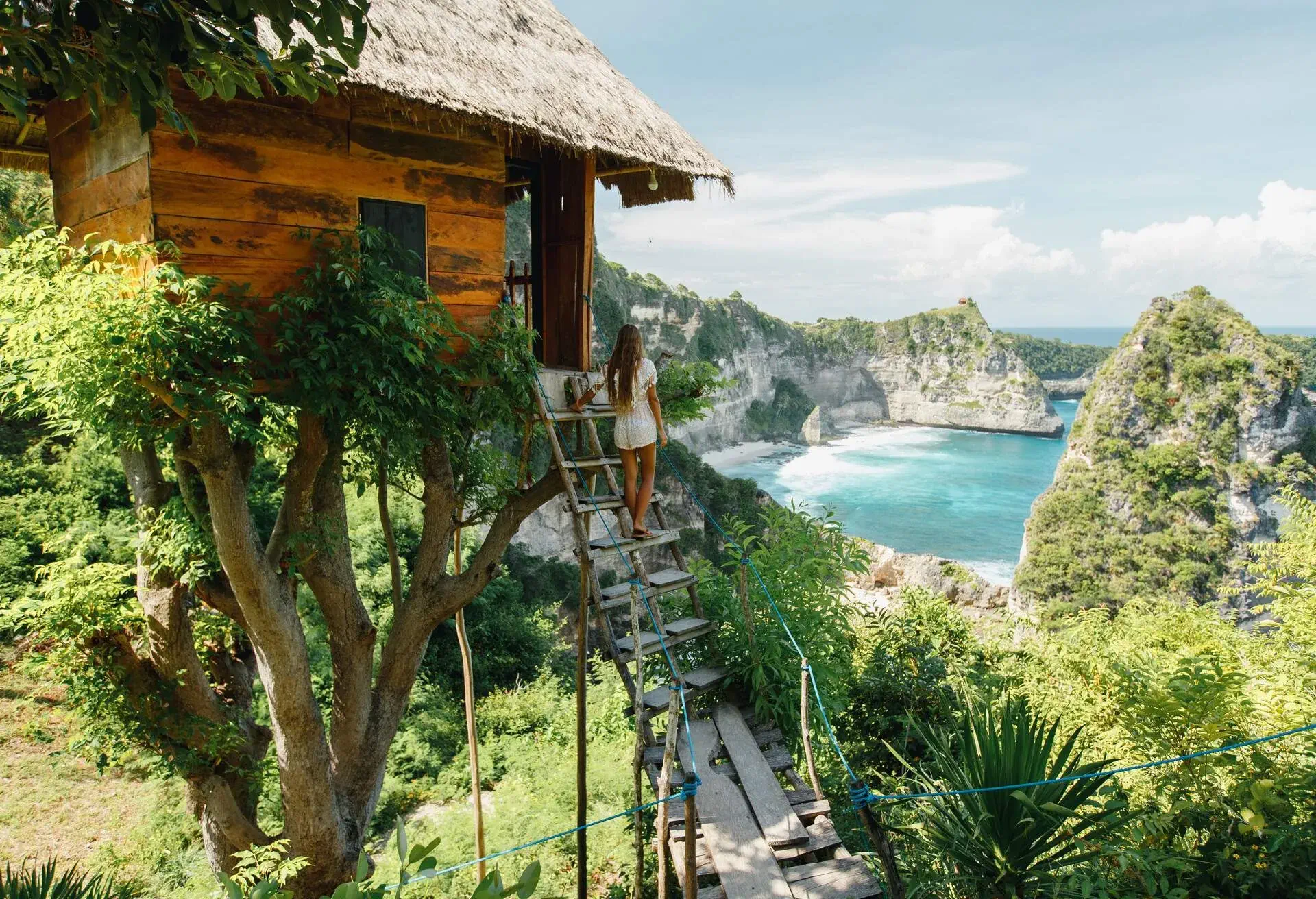
With more and more travellers looking for low-impact ways to see the world, eco-friendly hotels have popped up across the globe, offering luxury without costing the earth. Eco-friendly accommodation is generally designed, built and renovated to have a smaller carbon footprint, but they are sure to reduce waste in other ways too.
To get an overview of what’s on offer, click the button below and use the ‘Eco-friendly’ filter in your search results. Look out for environmental certifications like Green Key, Green Tourism and GSTC, which will verify the actions taken by the hotel.
9. Pick up rubbish
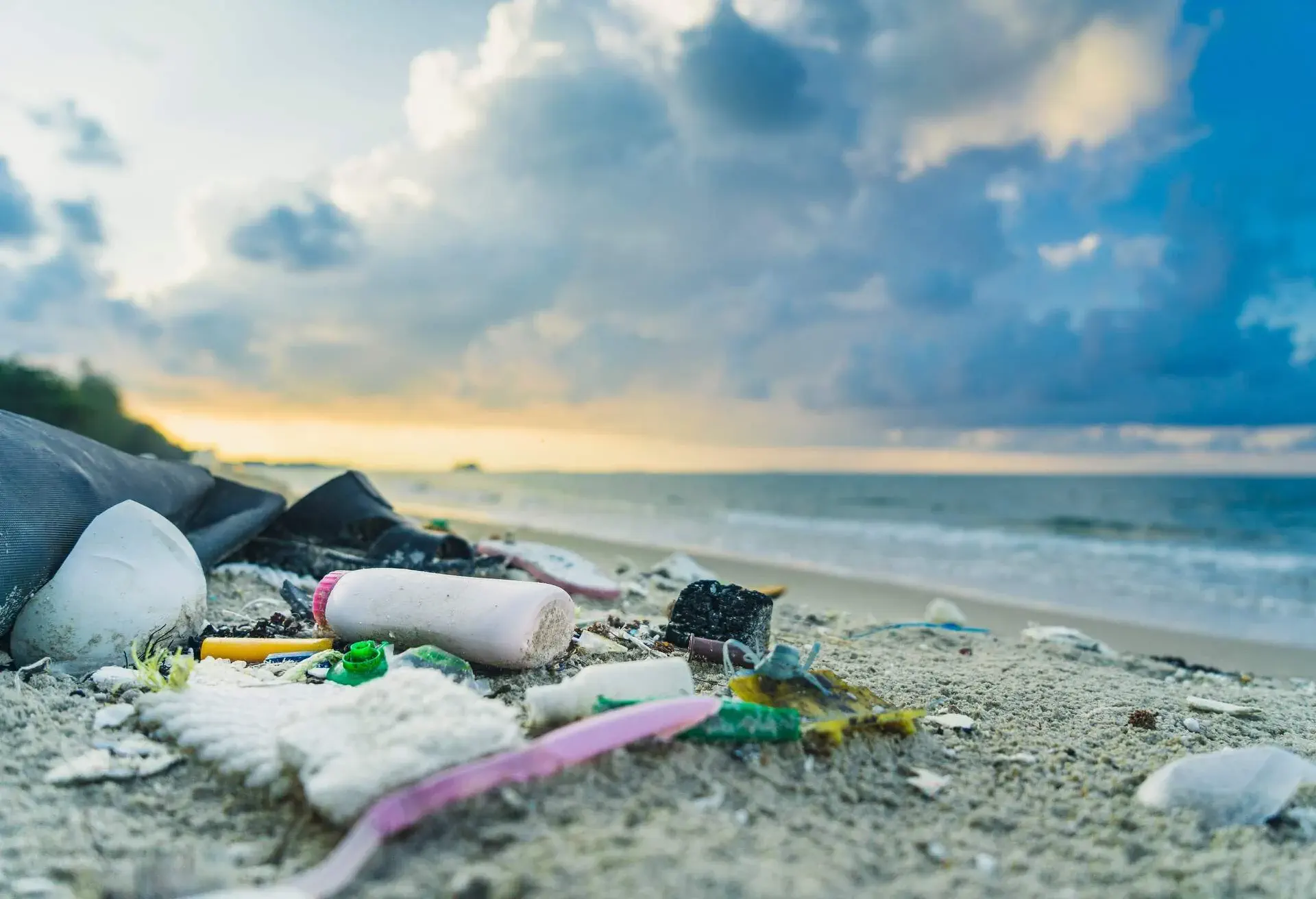
If your trip involves an adventure into the wild, consider picking up pieces of plastic and litter when you’re out and about and dispose of it at the end of your adventure. Just think: if every person out on a hike picked up the tiny bits of plastic – bottle caps, wrappers, broken lighters – the trails would be so much cleaner. Your rucksack is bound to have a pocket that you don’t know what to use for – fill it up!
10. Invest in quality
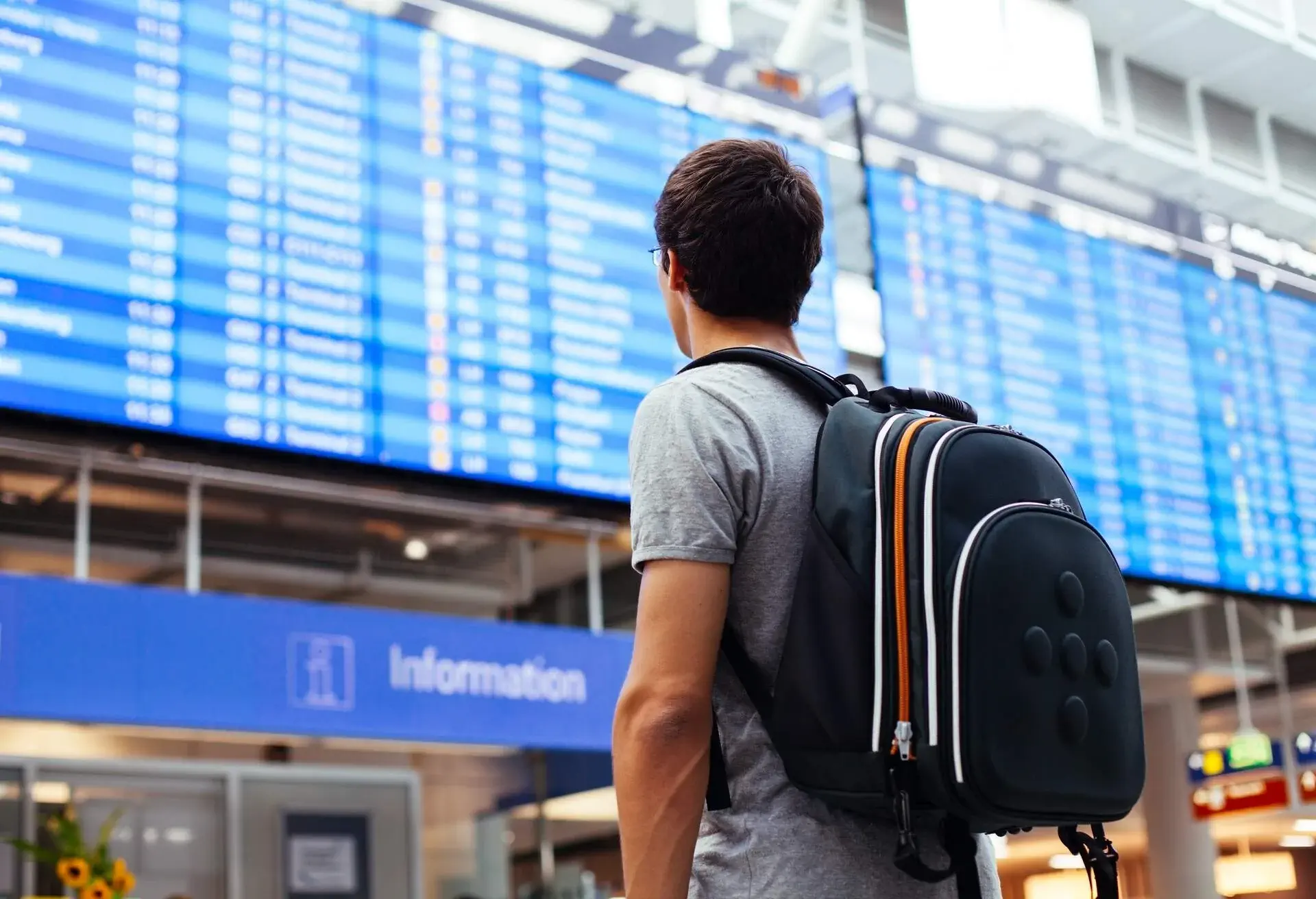
A great way to reduce your plastic footprint is to invest in things that last and wont end up in landfill after your trip. This is especially important when you’re backpacking or roughing it in a tent, and need to rely on your gear to keep you comfortable, warm and dry. Though they may cost a little more than your average high street retailer, many outdoor companies will repair your gear free of charge, or even replace it or give you credit for gear that has worn out completely over time. Buy a well constructed backpack, raincoat, hiking boots or other gear, and choose brands that invest in the ‘circular economy’ – a model of production and consumption, which involves sharing, leasing, reusing, repairing, refurbishing and recycling existing materials and products as long as possible. In short, reducing plastic waste! Remember: buy cheap, buy twice!

